Safe Baby Clothing Guide
Written by:
Maia James
03/11/2014
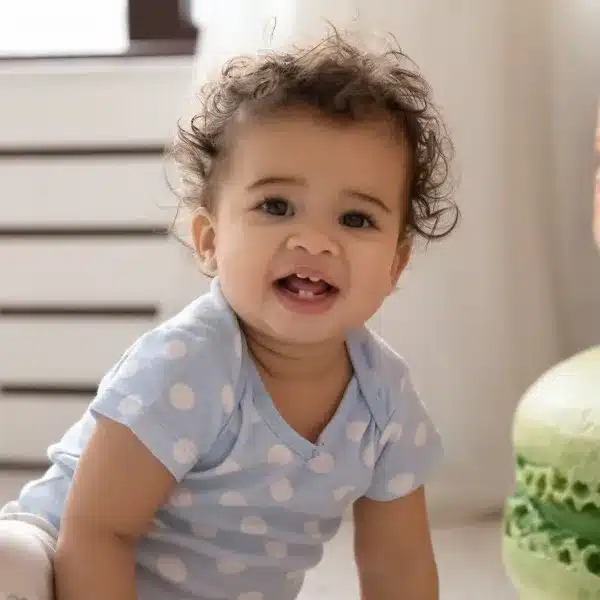
Updated: 03/15/2024
Looking for a different guide? Browse them all HERE.
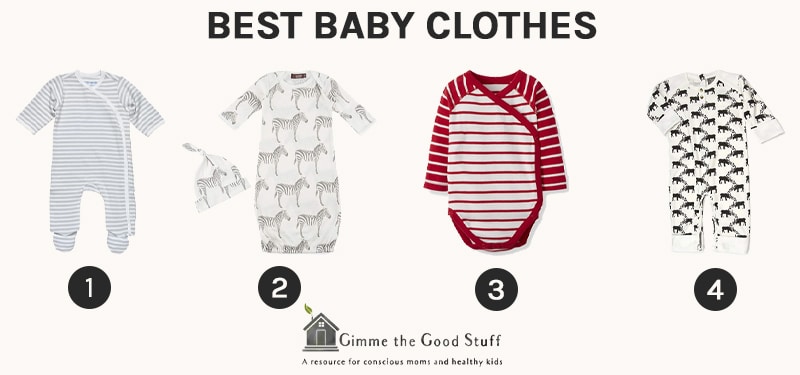
1. Under the Nile / 2. MilkBarn / 3. Hanna Andersson / 4. Kate Quinn Organics
If you’re a Gimme the Good Stuff reader, you likely to try to eat organically grown food and are taking steps to eliminate toxins in your home. So it probably seems like a no-brainer to insist on organic cotton clothing for your kids. But organic clothing is harder to find than the regular stuff (although becoming more and more available), and it’s significantly pricier. And what happens when your baby shower gifts are all really cute, non-organic onesies? My private clients ask me all the time: How important is it for my kid to wear organic clothing?
What is “Organic” Cotton?
Crops that are grown using organic methods means a lot to the environment, as well as to all the hands that actually work with and among the plants. Cotton that is not grown organically is treated with pesticides, herbicides, and chemical fertilizers. Harvesting organic cotton is much safer for the workers who pick it, and those living near cotton crops won’t have pesticides in their water sources. Plus, the producers can’t use GMO crops.
But in terms of the person wearing the clothing? The toxins used to farm the fiber are almost certainly washed out in the processing of the fiber, so you’re unlikely to get much pesticide exposure by wearing those clothes. I still tell my clients to wash everything before their kids wear it, because young children are especially vulnerable to the harmful effects of pesticides, and we know that exposure has been linked to the development of ADHD. (There are many other good reasons to wash your clothes before wearing them, which I will get to in a minute.)
Bottom Line: You’re not exposing your kid to a lot of pesticides by putting him in a regular cotton T-shirt, but the chemicals washed out of the cotton that made his T-shirt ends up back in our environment. And you are exposing him to a lot of other gross chemicals in that conventional T-shirt, as you’ll read below.
Other Toxins Used in Fabric Treatment
Most clothing is produced with synthetic dyes and is treated with toxic chemicals to provide wrinkle resistance, stain resistance, fade resistance, static cling resistance, etc. In fact, that “new” smell in clothing usually indicates chemicals–and if the smell lingers after a washing, the chemicals haven’t been banished. Here’s some of the bad stuff found in some conventional fabrics:
- Benzidine-based “azo dyes” are synthetic colorants, some of which may release carcinogenic amines (ammonia derivatives). Certain azo dyes have been recognized as human bladder carcinogens and are also detrimental to the environment. In particular, o-dianisidine is a classified as potentially cancer causing in humans.
- Formaldehyde is a known carcinogen (although unregulated in this country), and is used in clothing to prevent wrinkling. Many popular brands of baby clothing have been shown to contain formaldehyde in concentrations as high as 18,000 ppm (parts per million). Supposedly, up to 20 ppm for babies is safe, but I’d prefer zero, thanks. Short-term exposure to formaldehyde in fabrics can lead to a condition called contact allergic dermatitis, which is just a bad rash, but still no fun. In 2013, Minnesota became the first state to ban formaldehyde in certain baby products (lotions, soaps, and shampoos)–let’s hope more states follow.
- Perfluorochemicals (PFCs) are a group of chemicals that work to repel water and stains, in particular grease. According to EWG, PCFs break down into a toxic blood contaminant called PFOA (perfluorooctanoic acid), and they are ubiquitous (over 90% of Americans are shown to have PFOA in their bloodstream). PCFs are found in cosmetics, household cleaners, packaged food containers, microwave popcorn, furniture, paper plates, and nonstick pans, amongst other places. In clothing, PFCs are usually lurking in wrinkle-, water-, and stain-resistant clothing, including those with Scotchgard and Gore-Tex tags.
- Nonylphenol ethoxylates (NPEs) are cheap surfactants sometimes used in the textile industry. They are also yucky hormone disruptors that wind up in our water supply when we launder clothing that contains them.
- Phthalates–yup, they are even in our clothing! Children are at a significantly higher risk than adults when it comes to phthalate exposure, and phthalates are often found in clothing dyes and in plastisol prints.
Can organic clothing contain these chemicals?
Up until recently, yes. A manufacturer could take organically grown cotton and dye it with toxic colorants and then treat it with formaldehyde to prevent wrinkling. In 2011, the USDA ruled that textiles (including mattresses) labeled as “organic” have a third-party certification, ideally GOTS, which ensures that the entire production process is gentle on the environment and on the person wearing the garment.
Organic Clothing Certifications to Look For
Organic standards for clothing are still not as clear-cut as they are for food. That said, buying organic cotton garments greatly reduces the likelihood that you are exposing your baby to endocrine disruptors and carcinogens when you lovingly wrap her in a brand new swaddle blanket.
You should continue to wash all clothing and blankets (using non-toxic laundry detergent) before use, preferably multiple times (but really, does anyone actually have time for that?!).
When buying organic cotton clothing, make sure the company has a third-party certification to back up their claim. In the US, solid organic certifications include:
- The USDA National Organic Program
- The Global Organic Textile Standard (GOTS)
- The Organic Trade Association (OTA)
If a company claims to use “natural” dyes, make sure they are certified by the Oeko-Tex Standard 100, which is the strictest out there.
Good Stuff
Burt’s Bees
I love when this happens! Formerly listed as Sneaky Stuff, we can now move Burt’s Bees line of baby clothing to Good Stuff, as they have GOTS certification. Thanks to several readers who did their own sleuthing to find this out!
Cost: You can get a 5-pack Burt’s Bees bodysuits for $25 on Amazon. They even sell packs of two for around $14.95.
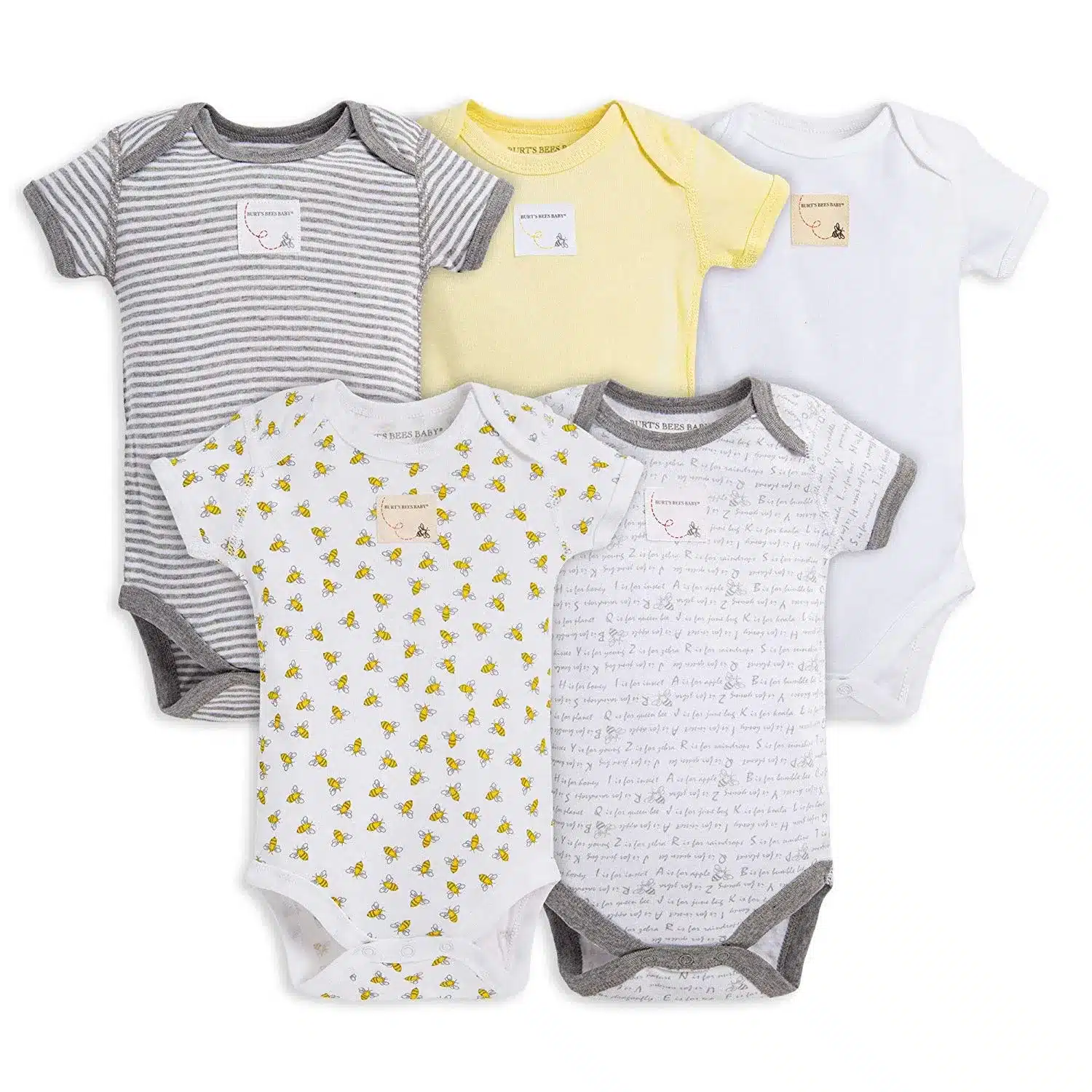
CastleWare Baby
CastleWare is one of the most transparent organic clothing companies out there. This family-owned business, based in Eureka, CA, produces all garments in the USA, and uses 100% organic cotton (certified by the GOTS) and low-impact dyes (certified by the Oeko-Tex Standard 100)–this means no harmful chemicals or residues. You can purchase their organic baby clothes online. CastleWare offers a range of clothing items and the design of the clothing is simple and understated.
Cost: The pajama sets here go for $44-$53.

Colored Organics Emerson Sleeper
The Organic Emerson sleeper is an essential piece for your baby’s wardrobe. Not only will your little one be cozy in this 100% organic cotton breathable sleeper all night long, but they’ll also be comfortable wearing it for daytime play!
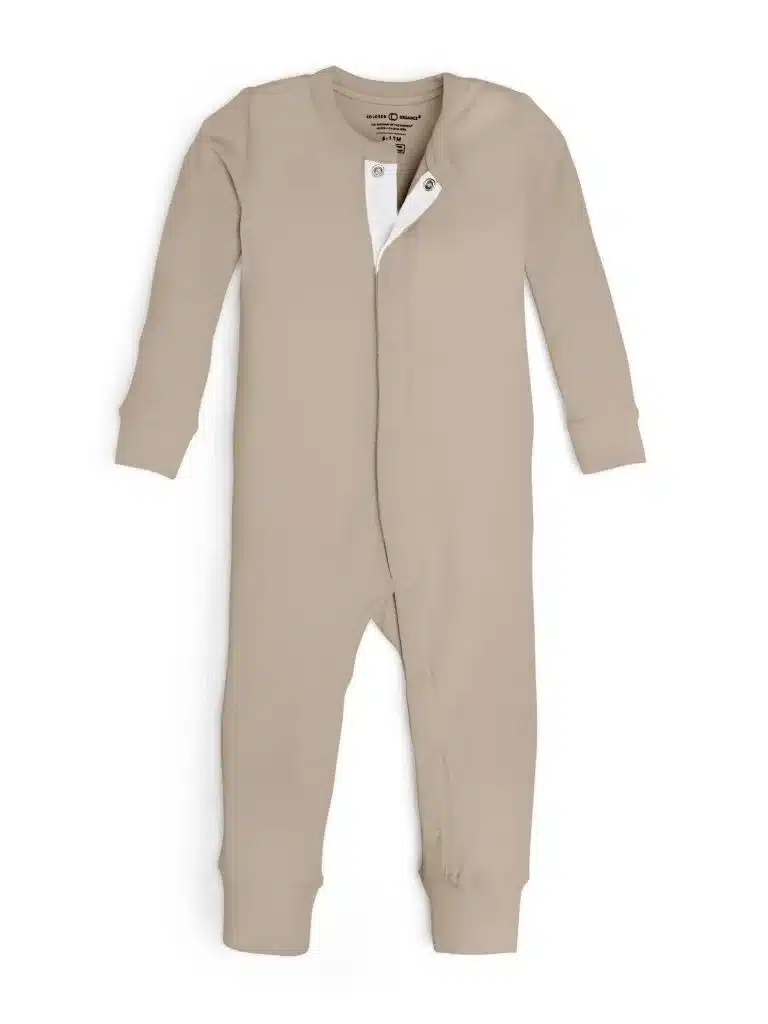
Hanna Andersson
We were surprised to learn that Hanna Andersson uses organic cotton and Oeko-Tex standards for the production of their long johns, baby sleepers, “unders,” turtlenecks, and boxy tees. However, since “almost 60%” of their clothing is certified, you have to dig into each product to learn whether it is truly organic. You can buy Hanna Andersson’s organic baby clothes on their website or through Amazon.
Cost: The organic sleeper pictured here sells for around $35.
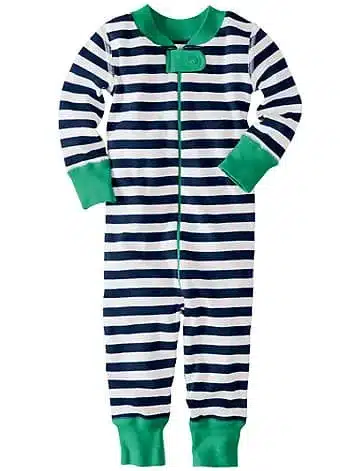
Kate Quinn Organics
Kate Quinn Organics offers a range of incredibly soft and super cute clothes for sizes newborn through age 8. Their GOTS-certified pieces are colored using low-impact dyes.
Cost: A jumpsuit like the the one pictured here sells for $22.
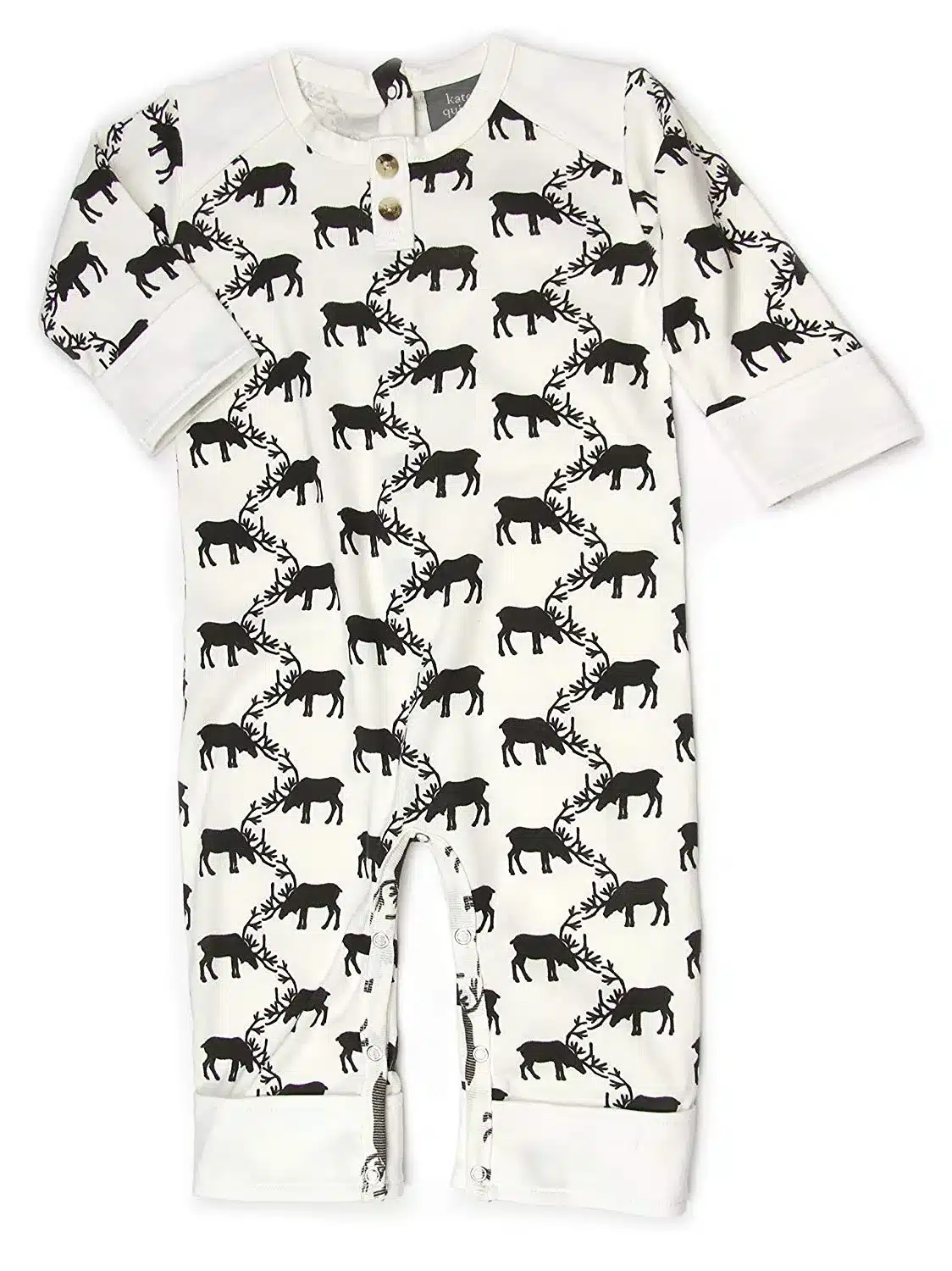
Pact
Pact offers a small line of simple baby clothes– all of 100% GOTS-certified organic cotton. Pact partners with Fair Trade Certified™ factories that provide safe working conditions and protect the environment.
Cost: Short-sleeved onesies start at $8.
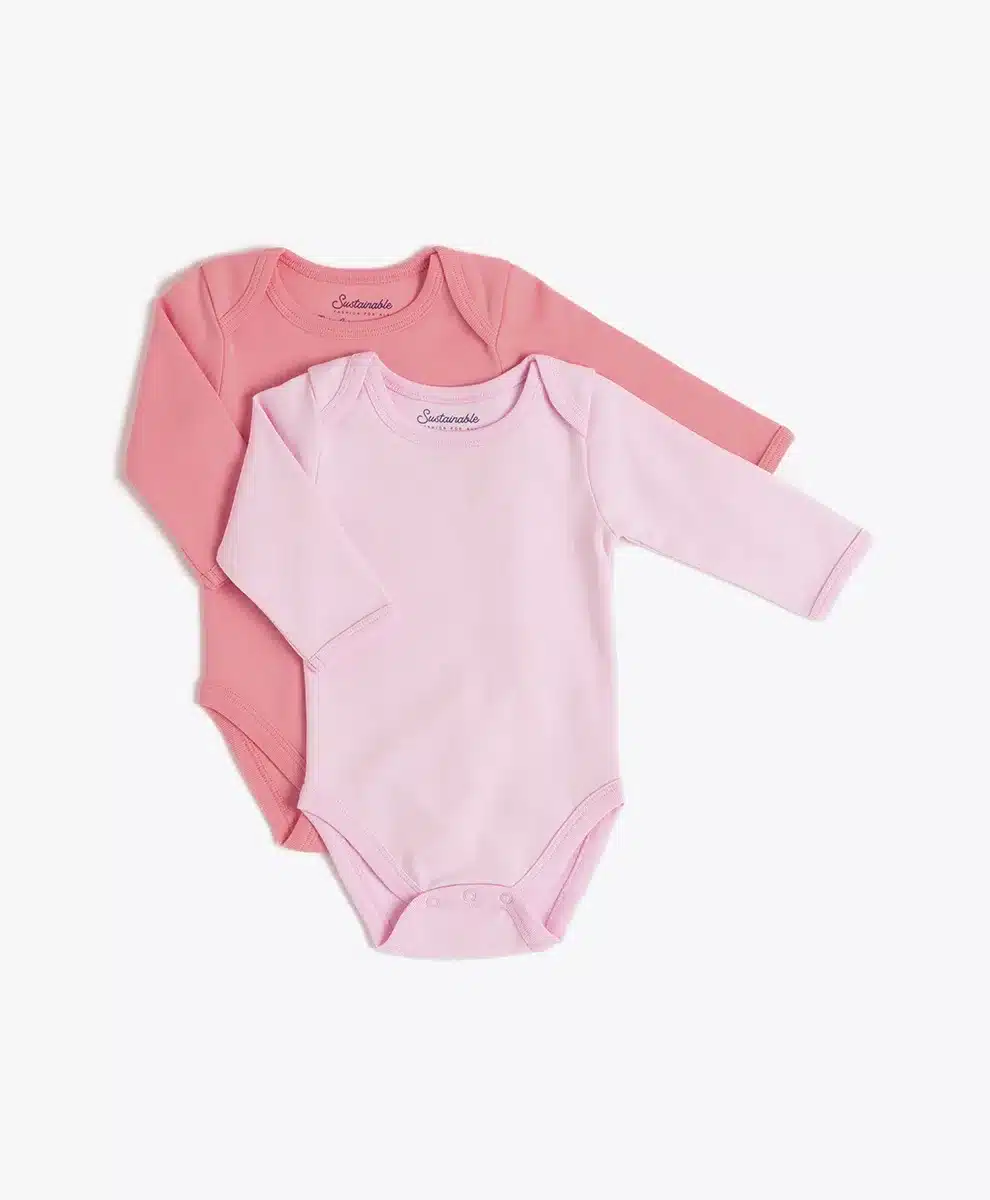
Under the Nile
Under the Nile offers a widely available, relatively affordable selection of GOTS-certified organic baby clothes, blankets, and toys. I love that Under the Nile is a family business that is genuinely committed to ethical production, including making sure their employees receive a living wage, education, and health care. The Under the Nile basics are perfect for stocking a non-toxic, organic nursery before your baby is born.
Cost: Most baby clothes range from $20-$30.
Zebi (now MilkBarn)
I often struggle to find clothing for my kids that is organic but also cute but not cutesie. I was psyched to discover Zebi, which was founded by Stacy Phillips, a Stanford University graduate and a mom who wanted to design stylish, organic baby clothes. Zebi uses 100% organic cotton and has three certifications (GOTS, Intertek Eco, and Oeko-Tex 100 Standard) to back it up. Zebi recently changed their name to Milkbarn.
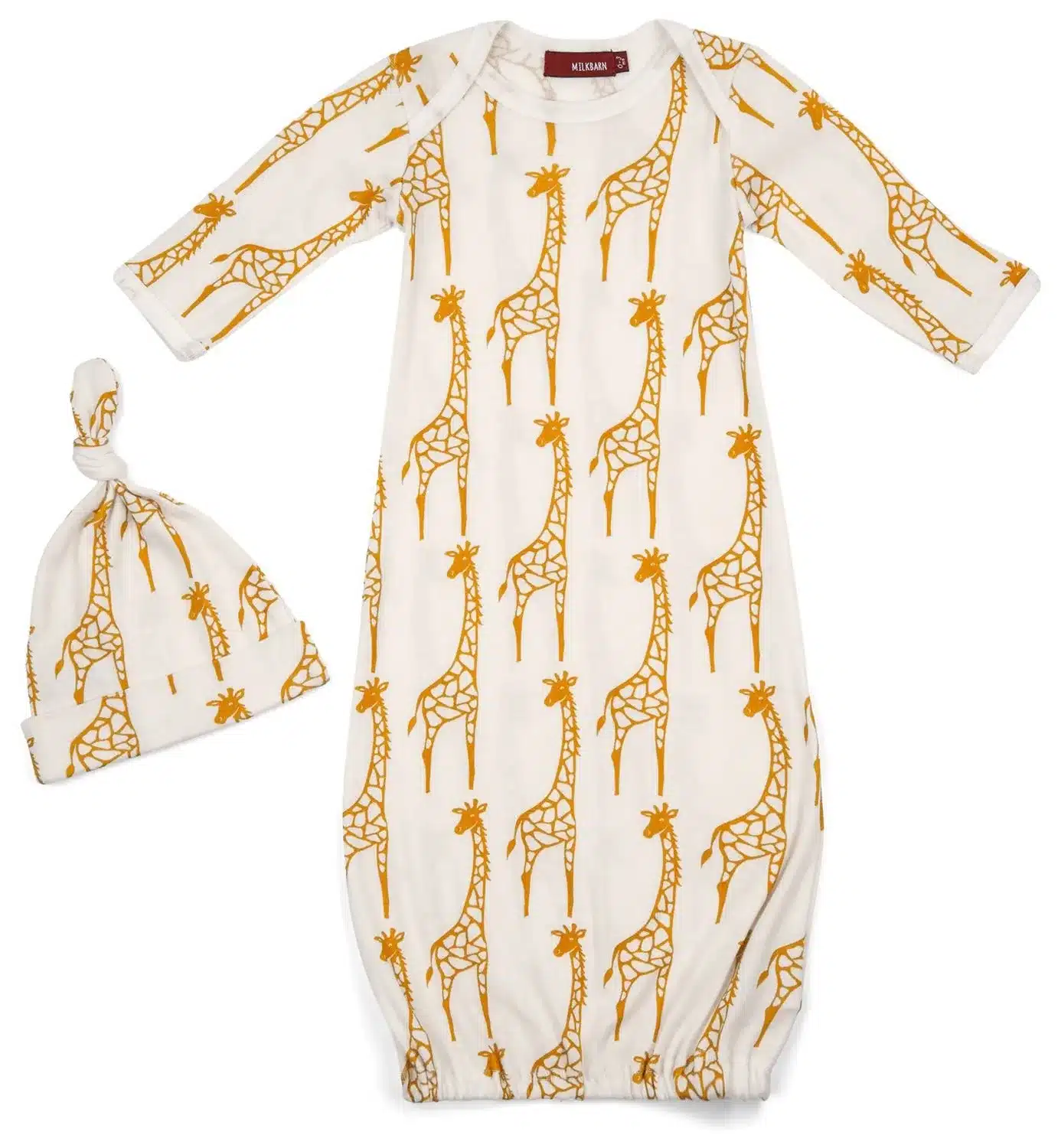
Bad Stuff
Carter’s (which makes a few brands of baby clothing, including OshKosh B’gosh) has a page of FAQ’s on their website that almost addresses the actual chemicals used in their production process; none of Carter’s garments is made with organic cotton, and there is no mention of dyes. Until I hear otherwise from them, I’ll assume the worst.
Gap was one of the companies investigated in Greenpeace’s Toxic Threads report, and 78% of the items tested were found to contain hormone-disrupting NPEs (see above for more on these). Baby Gap has an “organic” line, yet presents zero information on the products, so I cannot say whether or not it is legit. Gimme the Good Stuff contacted Gap with a long list of questions, but have not heard back from them for any confirmation on the production of their organic clothing.
Sneaky Stuff
Giggle claims to sell clothing made from organic cotton, but they source their cotton from a member of the Better Cotton Initiative, who isn’t necessarily 100% organic.
In 2010, independent testing revealed that nearly one-third of the organic cotton used by H&M contained genetically modified material (which is not allowed in organic farming).
Yala sells “organic bamboo” baby clothes. One problem with this claim? There is no such thing as organic bamboo.
Want to Know More?
- To learn more about azo and other dyes, check out this study and this report.
- The United States Environmental Protection Agency (EPA) provides more information on formaldehyde and its impact on our indoor air quality here.
- Ed Branigan, International Coatings’ Print Applications Manager reminds consumers of a very important aspect of labeling products: “ink doesn’t need to be free of phthalates in order to comply with CSPIA restrictions…some manufacturers may list their compliant products as “non-phthalate” when in reality the product still does contain phthalates, just not the six restricted ones.”
- Be sure to check out this resource from Green America on organic clothing and the textile industry.
- To learn more about children and pesticides, click here.
- In 2011, Greenpeace published a report on Toxic Threads: The Big Fashion Stitch Up. This is a great tool for those interested in learning about the toxic chemicals, dyes, and worldwide cycles of bioaccumulation that occur thanks to the manufacturing of clothing.


Maia, Founder & CEO
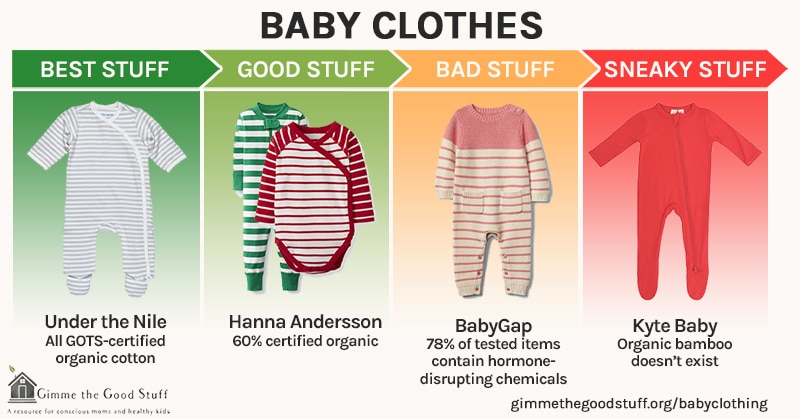
Note: This article contains affiliate links or sponsored content, which means that if you make a purchase, we may earn a commission. We only recommend products that meet our strict standards for non-toxicity and that we use (or want to use!) ourselves. Thank you so much for supporting the brands that make Good Stuff!
Enjoying this guide?
Join 60K families who rely on our free guides on everything from milk to mattresses! Sign up to get $5 off your first order, access to our ultimate Clean Products Cheat Sheet, and ongoing exclusive access to coupon codes and promotions. Our weekly newsletter is filled with well researched tips and tricks to live a toxin-free lifestyle.
Related Posts
The Best Non Toxic Baby Bottles
Baby’s Only Formula Review: The Most Affordable Good Stuff
Safe, Non-Toxic Toys Guide
The Best Non-Toxic Diapers Guide (Updated 2023)
-
Thank you for guiding us through this overwhelming process of trying to find the best for our family!
I received a bunch of Ralph Lauren Childrenswear items. What is your take on that brand?
-
It looks like milkbarn is now selling bamboo items..
-
That’s Really great advice. Thanks for this such a helpful post.
-
I feel that Burt’s Bees clothing should be removed…I have bought it for years and it was great but I just bought a bunch for my baby for the Spring/Summer and the chemical smell it arrived with won’t wash out. I have washed it 5 times and also dried it and it reeks so badly I would never put it in my baby or even myself. Literally spent $350 on stuff that will end up donated or trashed. It even stunk up the bedroom just laying folded on the bed.
-
Great job! Very helpful!
Have you hear about the Lamaze Organic baby clothes? They also claim to be GOTS-certified! And have a good variety of clothes. -
Such a great starter guide on baby clothing. Keep up the great work!
-
Thank you very much for sharing about baby clothing here… I really hope I can work on your tips and it works for me too, I am happy to come across your article. Great post I must admit, keep sharing more…
-
Hello! Thanks for all your very helpful guides. I’ve greatly benefited from them. I was wondering if you recommend any brands or companies that make organic/non-toxic clothing for adults? I’ve just begun to research the toxic things in clothing but haven’t been able to find healthier alternatives (aside from baby clothing…)
-
Both Carter’s and Walmart have an organic brand that is GOTS certified! “Two crows for joy” , “new jammies” , Frugi, Kite, and Toby Tiger are brands that I just found ( the last 3 are UK companies).
-
How about H&M and their conscious organic baby line?
-
Thanks a lot for guiding us with this essential post about baby clothing. It is important to know which is the safe products for children. From your post, we get much valuable information on this topic.
-
What are your thoughts on primary.com? They claim their clothes are Oeko Tex certified.
-
Hello! Looking for some updated information, do you have plans to update the guide anytime soon? Thanks so much!
-
Excellent!
-
they have 100% organic cotton items and previously when I inquired they said that their manufacturing process do not involve any chemicals. However,I just found out from the company that even their 100% cotton infant clothes have formaldehyde. They said it is below 20 ppm for infants and 75 ppm for others so adhere to the OEKO standards. I feel very upset. I spent a few thousand dollars over the past year on their items thinking that it is good for my baby and they include a toxic item (at least one God knows what else)
-
I left a comment about Hanna Andersson a few days ago and it is not published, Is there a particular reason?I was hoping to get your input
-
Excellent content on baby’s clothing. I am impressed.
-
Hi Maia – I’m obsessed with your guides and buy almost everything in my home based on your recommendations (and plan to buy more in future from you directly). Clothing has been the one thing that I’ve found to be challenging cost-wise since my little one grows out of it so quickly. I recently discovered primary.com – are you familiar with this company? If you agree that it is great, it could be an affordable option to add to your list. They have great quality OEKO-TEX certified simple clothing that has been great for us for school. Just thought I’d share for others!
-
Thoughts on Lamaze Organics? Thanks for your suggestions on your page!
-
H&M I know are not great but is their conscious range ok? Would love to buy some of these other brands but with 3 little ones under 3 it can be tough. Thanks!!
-
What are your thoughts on flame resistant pj’s?
-
Luckily, it’s no longer legal to put flame retardant chemicals into clothing for kids, so this is one thing we actually DON’T have to worry about!
-
Hi! So when the jammies say “flame resistant”, does that just mean they’re polyester (e.g. naturally flame resistant) and don’t contain flame retardants? Now I just have to wrap my head around synthetic fibers vs. non-organic cotton.
Oh- BTW- Carter’s apparently carries an organic/GOTS certified line now called Little Planet. Looks cute and way cheaper than, say, Hanna Andersson.
-
-
-
If long term storage is required we suggest placing Alpaca or Merino wool in a shirt box, pillow case or clean paper bag as these options protect the fabrics from dust and pests while allowing air circulation. If moths are a concern, we suggest natural repellents such as cedar chips or lavender.
-
Carter’s recently came out with an organic line. I haven’t purchased any myself, but just wanted to throw it out there for future review. Thanks!
-
Awesome! Thanks for letting me know…
-
-
Reading GAP under the bad stuff for children’s clothes just made my stomach turn. Half my precious little baby girl Marijke’s clothes are GAP. I feel like I’m gonna be sick.
-
Don’t freak out! My kids wear plenty of Gap items, too. Clothing is very hard, and other areas of her life are more important, in my opinion.
-
-
Please add Lucy Lue Organics to your list. We are a small family owned business as well! We know there are hundreds, maybe even thousands of organic clothing brands out there for customers to choose from. BUT, we hope to offer them the BEST in modern organic baby clothes, at the best price! So that everyone can enjoy wearing our pieces. Three of the main elements of our brand are quality, style, and affordability. Our style is modern simplicity; Simplistic styles and colors in mix and match gender neutral options. Check out our shop! http://www.lucylueorganics.com
-
I am looking at a new simple sewing machine. Like Betty above I haven’t sewed in 40 years and I have a grand baby on the way and it is time to find some cost savings ideas on baby clothes.
-
Nice. Discovered really cool brands here. For now i mostly buy clothes for my baby from green-rose.uk.com They make clothes from natural and organic merino wool. It has no chemicals and is very soft for my sensitive baby skin. Really recommend to check that out 🙂
-
Has anyone found warm outerwear without PFOA? (For Minnesota winters!)
-
Hi there, could you please do a review on Lamaze Organics,? Thanks!
-
Hi there, could you please do a review on Lanaze Organics,? Thanks!
-
Hi Maiai,
Hope & Henry claims they are ECOCERT certified. They sell organic clothes in Amazon.
I am interested to know about your thoughts on this.
Thank you for the work you do! -
Hi Maia,
There is organic clothes sold in Amazon, the brand is Hope & Henry. I was wondering if you may have heard of it.
Thank you very much! -
Hi Maia,
Have you heard about Niteo Collection? It says GOTS certified. What are your thoughts about it?
https://www.niteocollection.com/collections/organic-cotton-baby-clothes -
So guessing Target brands Cat & Jack and the like are out?
-
Hi
Can you share input for gerber baby ? -
I’ve been looking for organic clothing for adults and the selection is really poor. It’s hard to find something that is organic and also stylish. Would love to hear about any organic clothes for adults as well.
Thank you for your website!
-
I’ve been looking for organic clothing for adults and the selection is really poor. It’s hard to find something that is organic and also stylish. Would love to hear about any organic clothes for adults as well.
-
I’ve been looking for organic clothing for adults and the selection is really poor. It’s hard to find something that is organic and also stylish. Would love to hear about any organic clothes for adults as well.
-
I’ve been looking for organic clothing for adults and the selection is really poor. It’s hard to find something that is organic and also stylish. Would love to hear about any organic clothes for adults as well.
Thank you for your website!
-
Can you please recommend the safest fabric to use for baby blankies, including silky material, as I wish to use the safest material?
Many thanks
Liza-
I would go with organic cotton, myself.
-
-
Do you know anything about Mud Pie? https://www.mud-pie.com
All their website says is that they “comply with all applicable rules, bans and standards set forth by the Consumer Product Safety Commission.”
Doesn’t sound too promising! -
Do you know anything about Touched by Nature?
-
I don’t, but will add to my list for a future investigation!
-
Hi – wondering whether you ever found anything on this? Thanks 🙂
-
-
-
My sister tries to make sure her kids wear completely organic clothing. I want to buy her some baby clothes, so this guide is super helpful! While I look for clothes, I’ll keep an eye out for companies that have a third-party certification. Hopefully, I can find something in a cute print!
-
Yes please same question,
maybe somebody knows a company who makes winter jackets gear without harsh chemicals?
We checked Hannah Anderson but there winter gear smelled like chemicals and was no different compare to target for example, made in China, 100% polyester, no oeko Tex sign, etc
Very disappointed -
Do you have any advice for safe rain and snow gear?
-
This is on our list for a future investigation–typically, water-repellent treatments are a problem, so we will post as soon as we have some safe recommendations (if they exist!).
-
-
Here in Canada we have an amazing company called Peekaboo Beans which is free of harsh chemicals and strictly follows the oeko tec 100 standard. Although it is a Canadian company, it does ship to the US! You can find out more at peekaboobeans.com/mamabeans
-
Here in Canada we have an amazing company called Peekaboo Beans which is free of harsh chemicals and strictly follows the oeko tec 100 standard. Although it is a Canadian company, it does ship to the US! You can find out more at http://www.peekaboobeans.com/mamabeans
-
my opinion should really positive with your ideas. U definitely got unique ideas here. I will follow this . Thanks a lot for share.
-
I recently discovered PACT: https://wearpact.com/. I ordered a shirt for myself, but saw they also have baby clothes. They seem pretty good, so consider researching them and adding them to the list. Also, I got some L’ovedbaby organic clothes for my baby shower–organic cotton and GOTs certified I believe, so hopefully another good one.
-
I recently placed an order of Burt’s Bees Baby organic clothing and it’s so unfortunate, but it smelled. I washed it twice; the smell didn’t go away. I am so disappointed because I had ordered clothing from them in the past and it never had a smell. Now, it even had a GOTS certification and it was puzzling for me to smell the strong fishy like odor. So, I researched and found out that its parent company is Clorox, which is anti GMO labeling. Do we trust Burt’s Bees Baby organic line? Do you have any updated information on this topic?
-
Hmmm, this is disconcerting. Have you contacted them and asked what might be causing this smell?
-
Any more news on Burt’s Bees Baby Organic clothes? Questions about GMO, Oke-tex standard for dyes and truly organic?
-
No, as far as we know, Burt’s Bee’s has the GOTS label and therefore should be Good Stuff.
-
-
-
-
I have come across this brand for Bamboo clothing in Canada called Boody wear, they are launching the baby line in August and wanted to know what you think of it? I really enjoy the underwear and leggings for myself but want to know what you think of the product for my children?
-
I don’t know this brand, but I’ll look into it!
-
-
What are your thoughts on Lyocell fabrics for clothes (and sheets, mattresses pads, etc, for that matter). How about bamboo? People are marketing these as eco-friendly, etc, but I am wary and would love to know your opinion. Could they be good alternatives to organic cotton? One site said that Lyocell was more eco-friendly than cotton (even organically grown cotton).
-
While the manufacturing process for lyocell (and some of the newer ways bamboo is turned into fabric, too) are gentler on the environment, they both still use chemicals that sensitive people (if not all of us!) should avoid.
-
Many companies label rayon fabrics as bamboo. Rayon is made from plant cellulose, and the cellulose can come from a variety of sources, but the process of turning cellulose into fabric is highly toxic. https://en.wikipedia.org/wiki/Rayon
-
-
This is all great information, I’m so glad I came across it. As moms, we care about our babies health more than anything else. I recently bought these baby bibs in Amazon, I would really recommend them to all the moms out there. They are 100% Cotton and have no fluorescent agents. http://www.amazon.com/dp/B01E2V6W22
-
What about L’oved Baby, Maple or Silkberry? All three have such cute options and claim to be organic. Do you regularly update to include new brands?
-
I don’t know those brands, Stephanie, but will add them to the list for when we update this guide (yes, we are always updating!).
-
Would love to know about these brands too! Thank you so much for the work that you do!
-
-
-
Thanks for this information! What about Burts Bees organic baby clothing line? Zara’s baby clothing?
Hoping to hear back from you! -
Hi Could you Kindly tell me if Okaidi sells original organic cotton clothes.
I have just picked a few for my baby.
Thanks
Jazz
-
Thank you for this article I really wish I had known all of this sooner. I have emailed carters about their baby clothes and they say they do not use any toxic chemicals in the production of their clothes. I’m not sure how much I believe it though. I’ve started buying from sweet peanut. They sell gots certified baby clothing and they have sales which make it a lot more affordable. Thank you again for this article

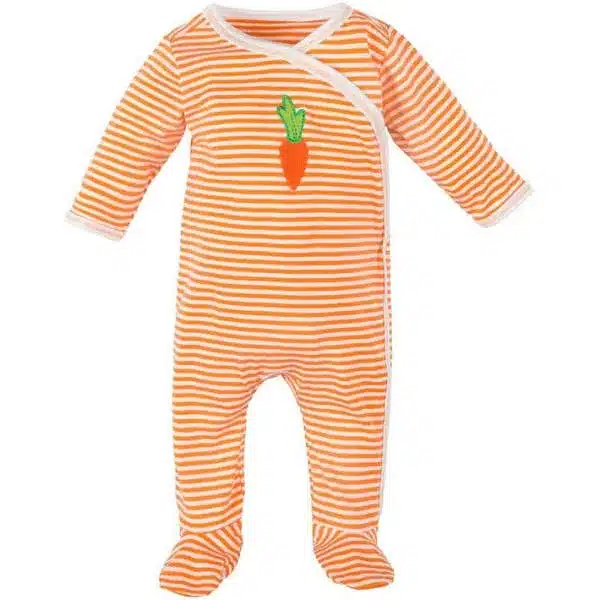
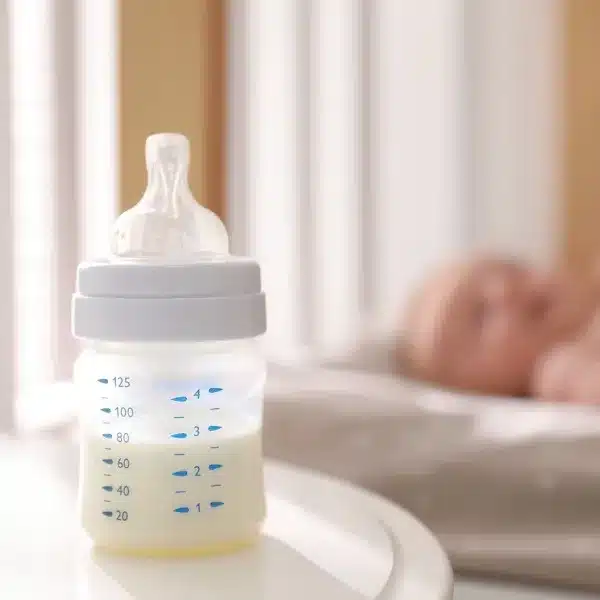
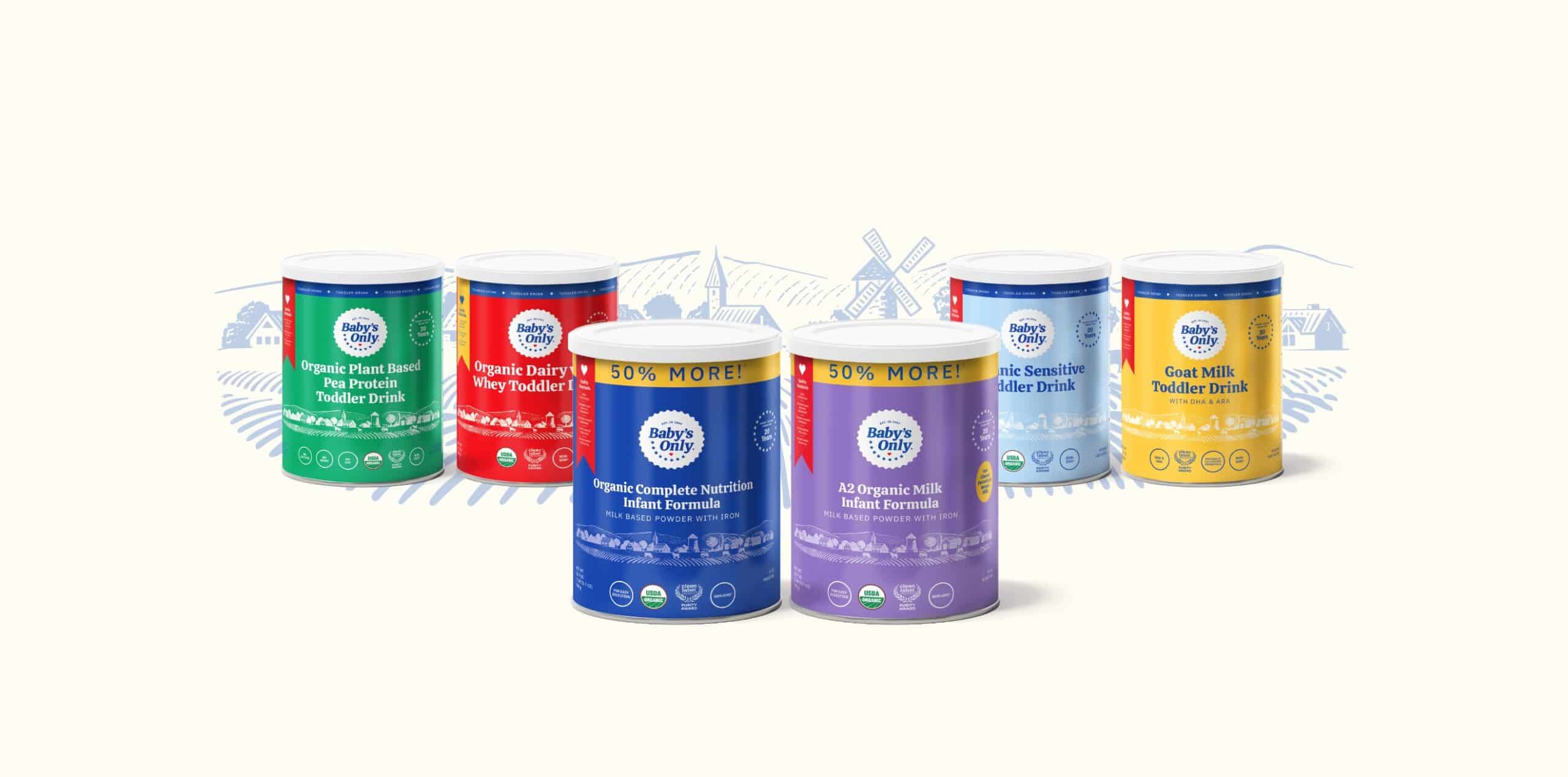
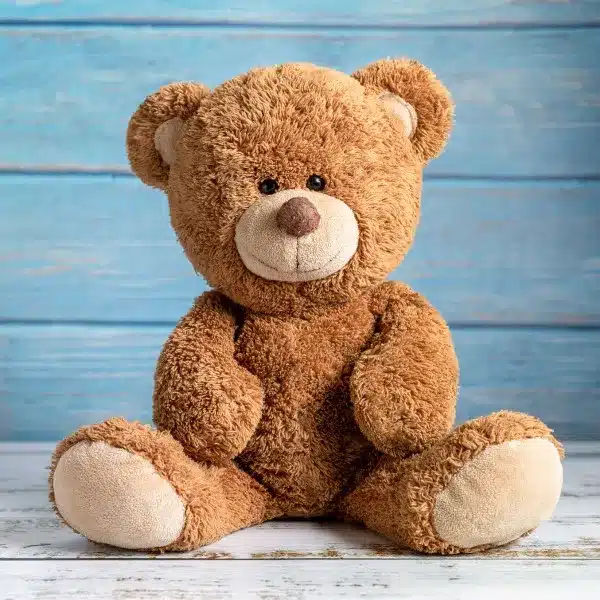
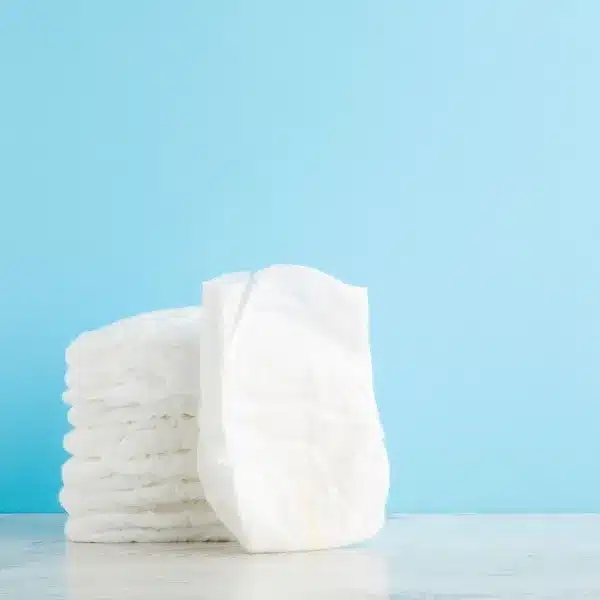
Leave a Reply
You must be logged in to post a comment.